Electromagnetic Induction
Key Notes:
Electromagnetic Induction
Introduction
- Electromagnetic Induction is the phenomenon of generating an electric current in a conductor by changing the magnetic field around it.
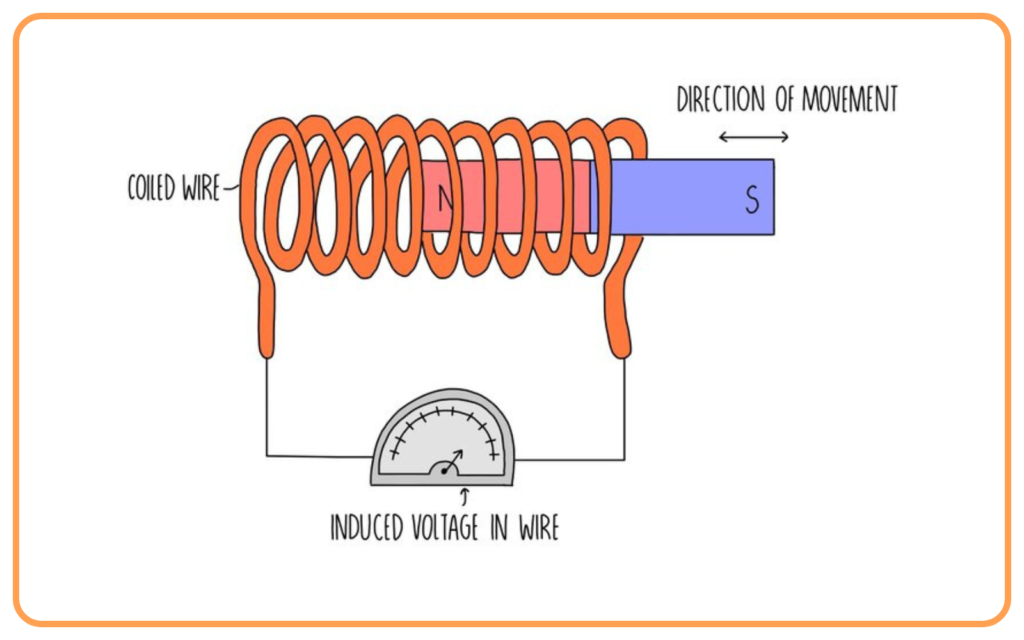
- It was discovered by Michael Faraday in 1831.
- It forms the basis of many devices like electric generators, transformers, and induction coils.
Faraday’s Experiments
Michael Faraday conducted the following experiments to discover electromagnetic induction:
- He moved a magnet towards a coil of wire connected to a galvanometer.
- The galvanometer showed a deflection, indicating the presence of a current.
- He moved the magnet away from the coil.
- The deflection was in the opposite direction, indicating a reverse current.
- When the magnet was stationary, no current was induced.
Conclusion: A current is induced in a conductor when there is a relative motion between the conductor and a magnetic field.
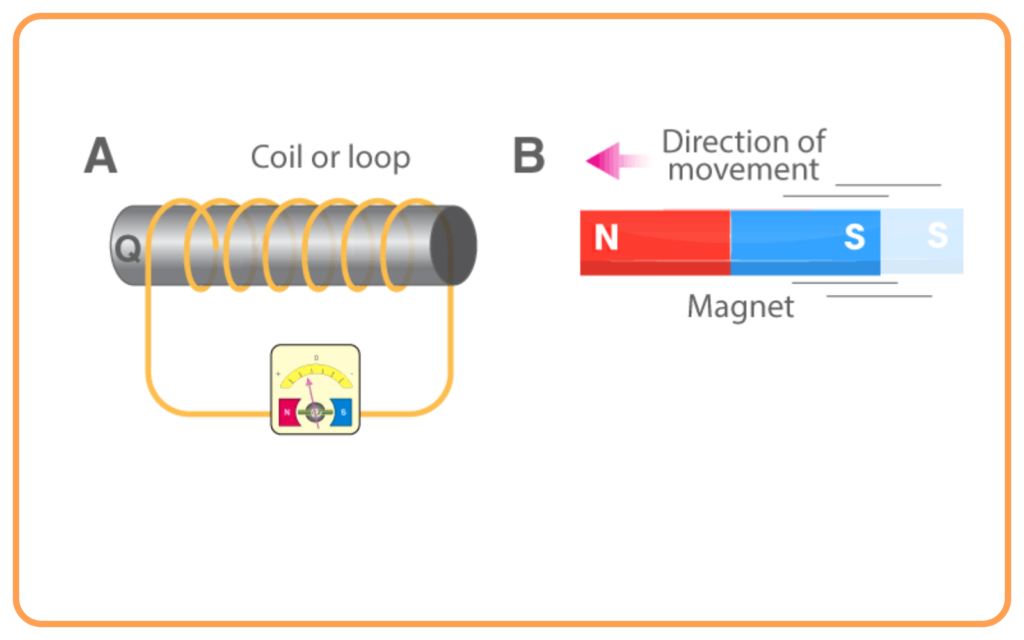
Principle of Electromagnetic Induction
Electromagnetic induction occurs when:
- There is a change in magnetic flux linked to a conductor.
- This changing magnetic flux induces an electromotive force (EMF), which produces an electric current if the circuit is closed.
Magnetic Flux
- Magnetic Flux (Φ\Phi) refers to the total magnetic field passing through a surface.
- It is given by the formula:
Φ=B⋅A⋅cosθ
Where:
- Φ= Magnetic flux (in Weber, Wb)
- B= agnetic field strength (in Tesla, T)
- A = Area of the coil (in m²)
- θ= Angle between the magnetic field and the area vector.
Faraday’s Laws of Electromagnetic Induction
1. First Law: Whenever the magnetic flux linked with a conductor changes, an EMF is induced in the conductor.
2. Second Law: The magnitude of the induced EMF is directly proportional to the rate of change of magnetic flux.
EMF ∝ Δt / ΔΦ
Where ΔΦ is the change in magnetic flux and Δt is the time taken for the change.
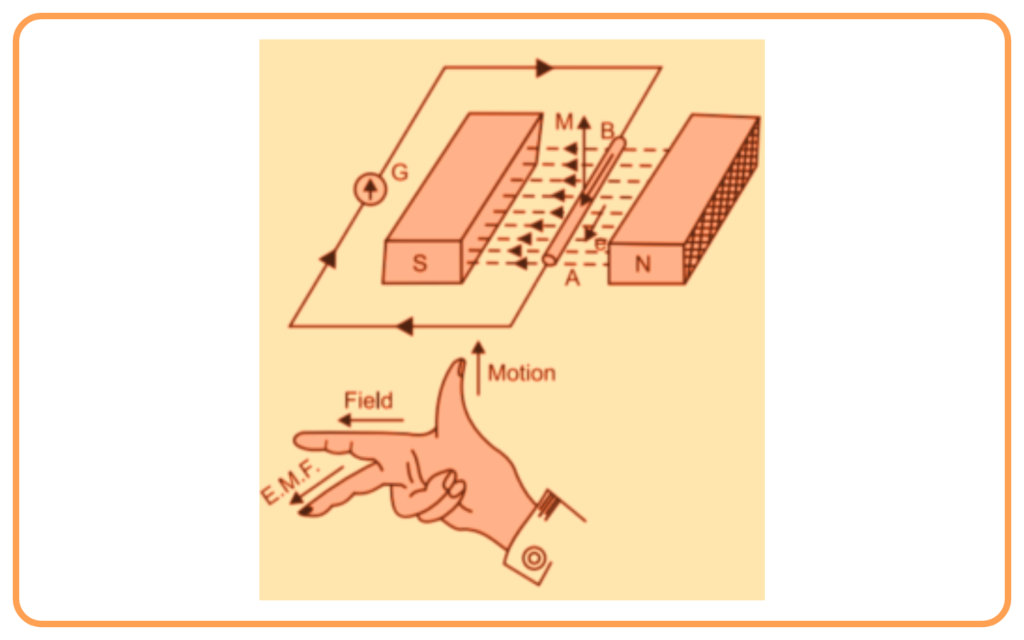
Lenz’s Law
- Lenz’s Law states that the direction of the induced current is such that it opposes the change in magnetic flux that produced it.
- This is represented mathematically as:
EMF ∝ -( ΔΦ /Δt )
- The negative sign shows opposition to the change in flux.
- Lenz’s Law is a consequence of the law of conservation of energy.
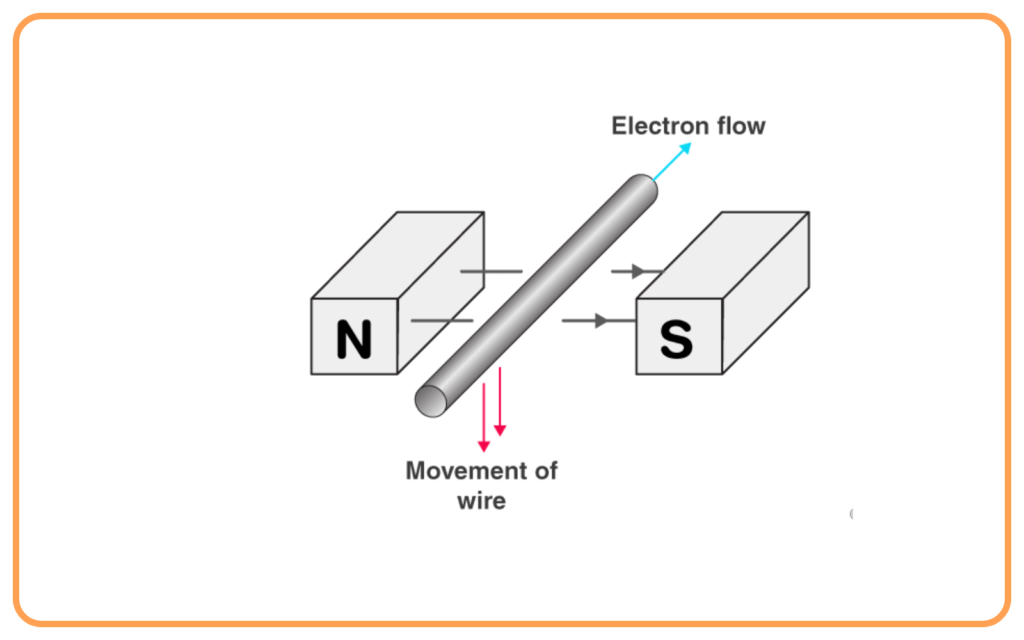
Direction of Induced Current
The direction of the induced current can be determined using Fleming’s Right-Hand Rule:
- Stretch the thumb, forefinger, and middle finger of your right hand at right angles to each other:
- Forefinger → Direction of the magnetic field.
- Thumb → Direction of motion of the conductor.
- Middle finger → Direction of the induced current.
Applications of Electromagnetic Induction
Electromagnetic induction is used in:
- Electric Generators: Converts mechanical energy into electrical energy.
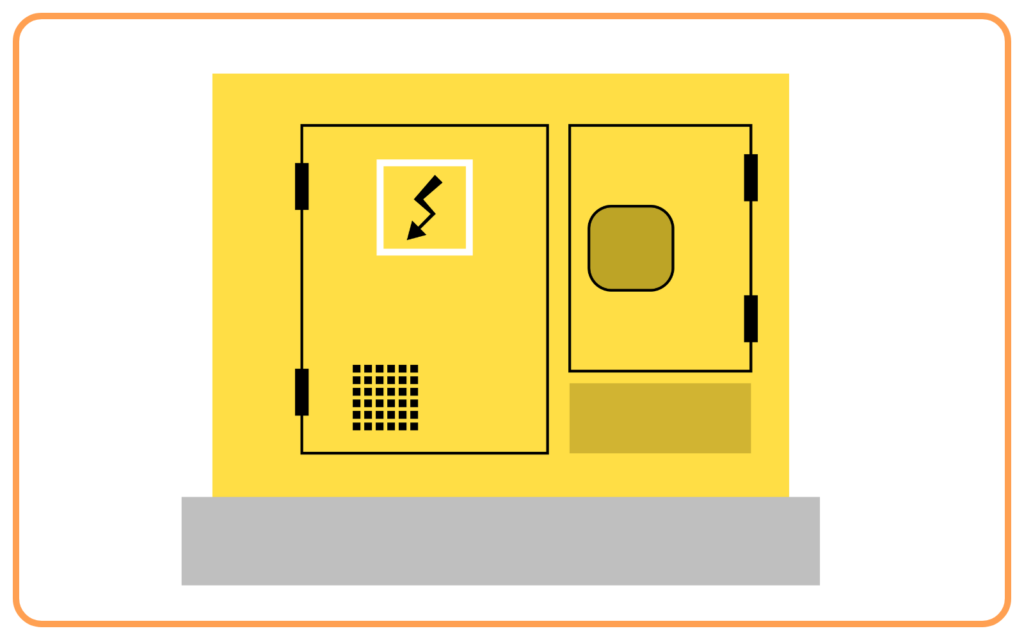
- Transformers: Changes the voltage of alternating current.
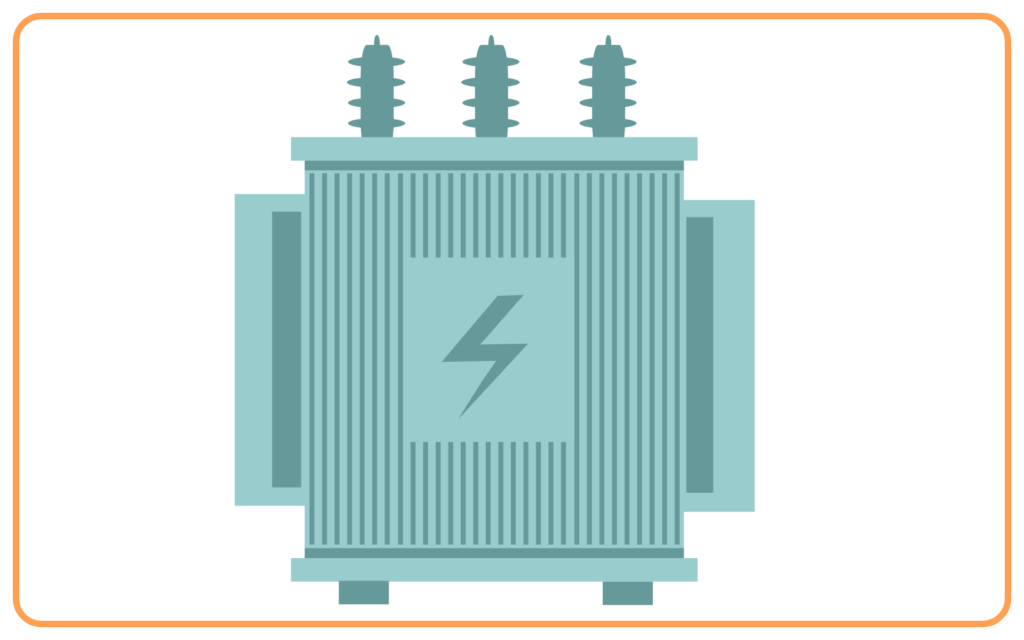
- Induction Stoves: Uses changing magnetic fields to heat cooking vessels.
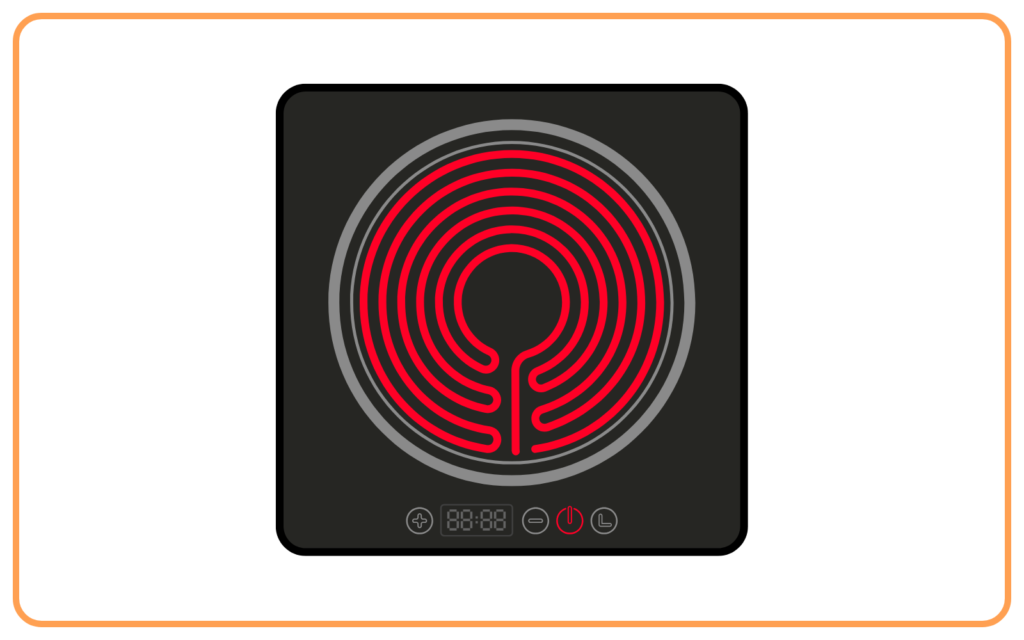
- Electric Bells and Relays.

- Magnetic Braking in trains.
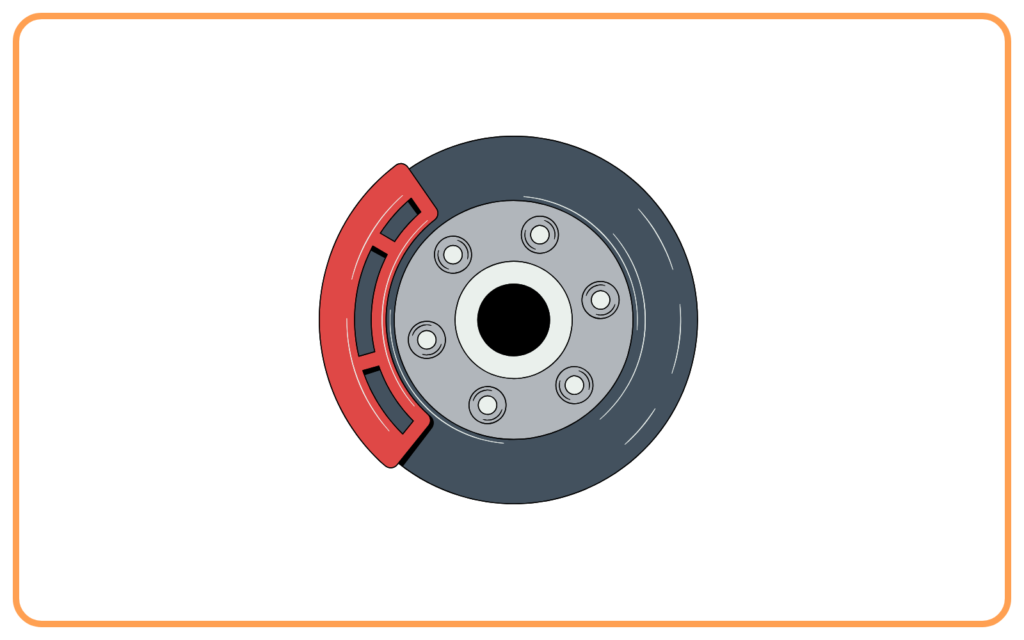
Key Points to Remember
- Electromagnetic induction is the generation of EMF and current due to changing magnetic flux.
- Faraday’s Laws and Lenz’s Law govern electromagnetic induction.
- Fleming’s Right-Hand Rule determines the direction of the induced current.
- It forms the working principle of generators, transformers, and many electrical devices.
Let’s practice!

